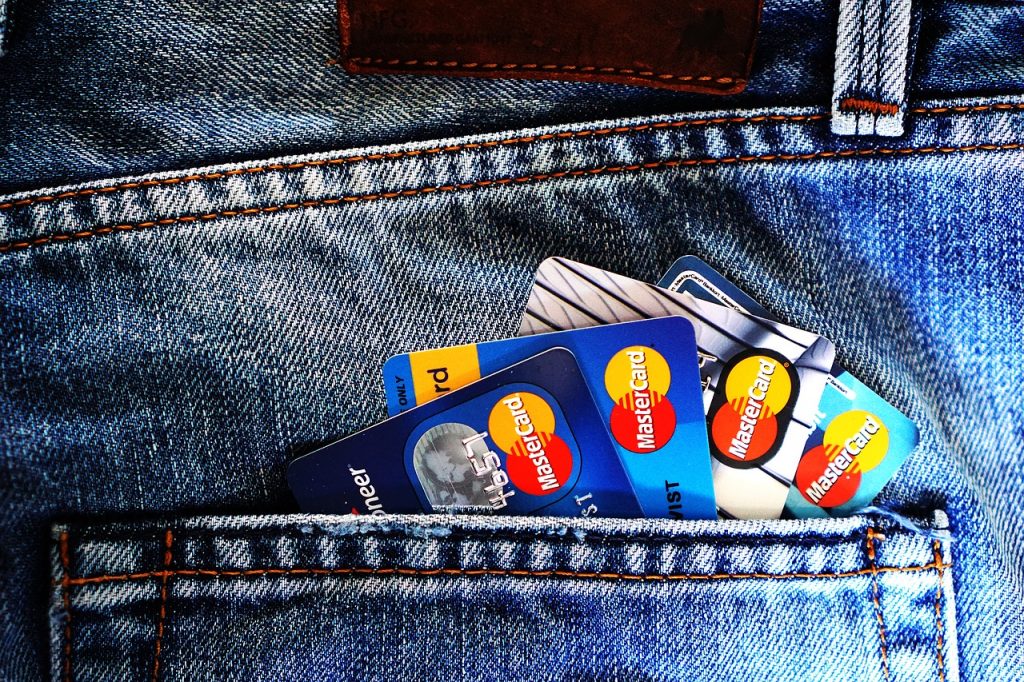Many payment executives regard the United States as a mature market compared with high-growth countries in Asia and Latin America, but it still has plenty of untapped opportunities, according to Mastercard Inc. executives.
Its home country remains Mastercard’s largest market. As of 2018, the U.S. accounted for 33% of Mastercard’s revenues—down from 39% in 2012—and 30% of gross domestic volume. But U.S. volume grew 10%, twice the growth rate of personal consumption expenditures, according to data from Purchase, N.Y.-based Mastercard.
“The runway for growth here is significant,” Linda Kirkpatrick, executive vice president of merchants and acceptance, said Thursday during a Mastercard investor event.
For example, merchant acquirers are still finding many new businesses to accept cards. Mastercard’s traditional card-accepting merchant base of 8 million locations in 2014 had grown by 3 million locations by the end of last year. “We’re growing the acceptance pie even in mature markets like the U.S., where we have 11 million acceptance locations,” said Kirkpatrick.

Also gaining traction are contactless payments, which at the end of 2018 accounted for 22% of Mastercard’s worldwide point-of-sale transactions. The U.S. is still a minor player in contactless, but that’s about to change.
“On the issuing front, we have commitments from issuers representing three quarters of our volume to reissue their products as contactless cards over the next 12 to 24 months,” Kirkpatrick said. Mastercard’s archival Visa Inc. also is going big in contactless; chief executive Alfred Kelly has said he expects 100 million Visa cards to be issued in the U.S. by year’s end and 300 million by the end of 2020.
Mastercard has its eye on the estimated $16 trillion in annual U.S. payments still made with cash and checks as well as $27 trillion in automated clearing house volume. The company is now a major player in ACH and real-time payments through its 2017 acquisition of London-based Vocalink Holdings Ltd. and, more recently, the real-time and business-to-business payments unit of Denmark-based Nets Group.
“We are well positioned to deliver value to our consumers, merchants, businesses, and governments as the only global multirail payment network,” chief financial officer Sachin Mehra said at the event.
Mastercard is branching into non-card payments through a variety of new services and partnerships with numerous companies. Its pending Bill Pay Exchange service will enable consumers to pay bills through bank or card accounts and is aimed at generating more bill payments through bank channels, which lag in popularity behind biller-direct Web sites. “Only half of our bills are paid electronically,” said Ron Shultz, executive vice president of new payments flows.
U.S. business-to-business payments, including government-to-business payments, are another massive market—$20 trillion in cash, checks, and ACH and a comparatively paltry $1 trillion on cards in 2018—on which Mastercard is setting its sights. On Thursday the company announced Mastercard Track, a B2B service that offers a single connection to multiple payment types, including ACH, account-to-account, and card-based payments.





